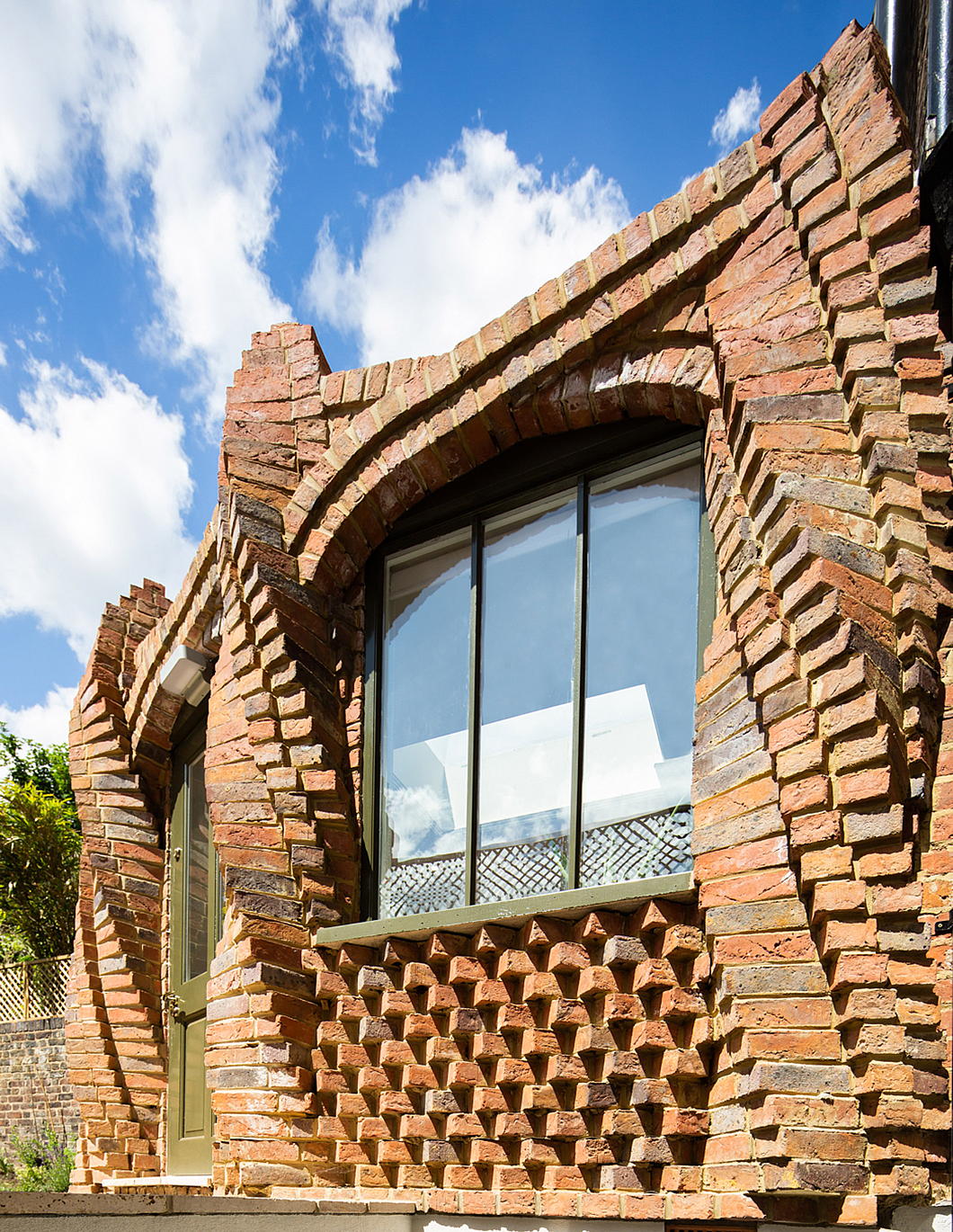2021 March
About Andrew Cusack
 Writer, web designer, etc.; born in New York; educated in Argentina, Scotland, and South Africa; now based in London.
Writer, web designer, etc.; born in New York; educated in Argentina, Scotland, and South Africa; now based in London. read more
News
Blogs
Reviews & Periodicals
Arts & Design
World
France
Mitteleuropa
Knickerbockers
Argentina
The Levant
Africa
Cape of Good Hope
Netherlands
Scandinavia
Québec
India
Muscovy
Germany
Academica
The Other Modern: Otto Schöntal
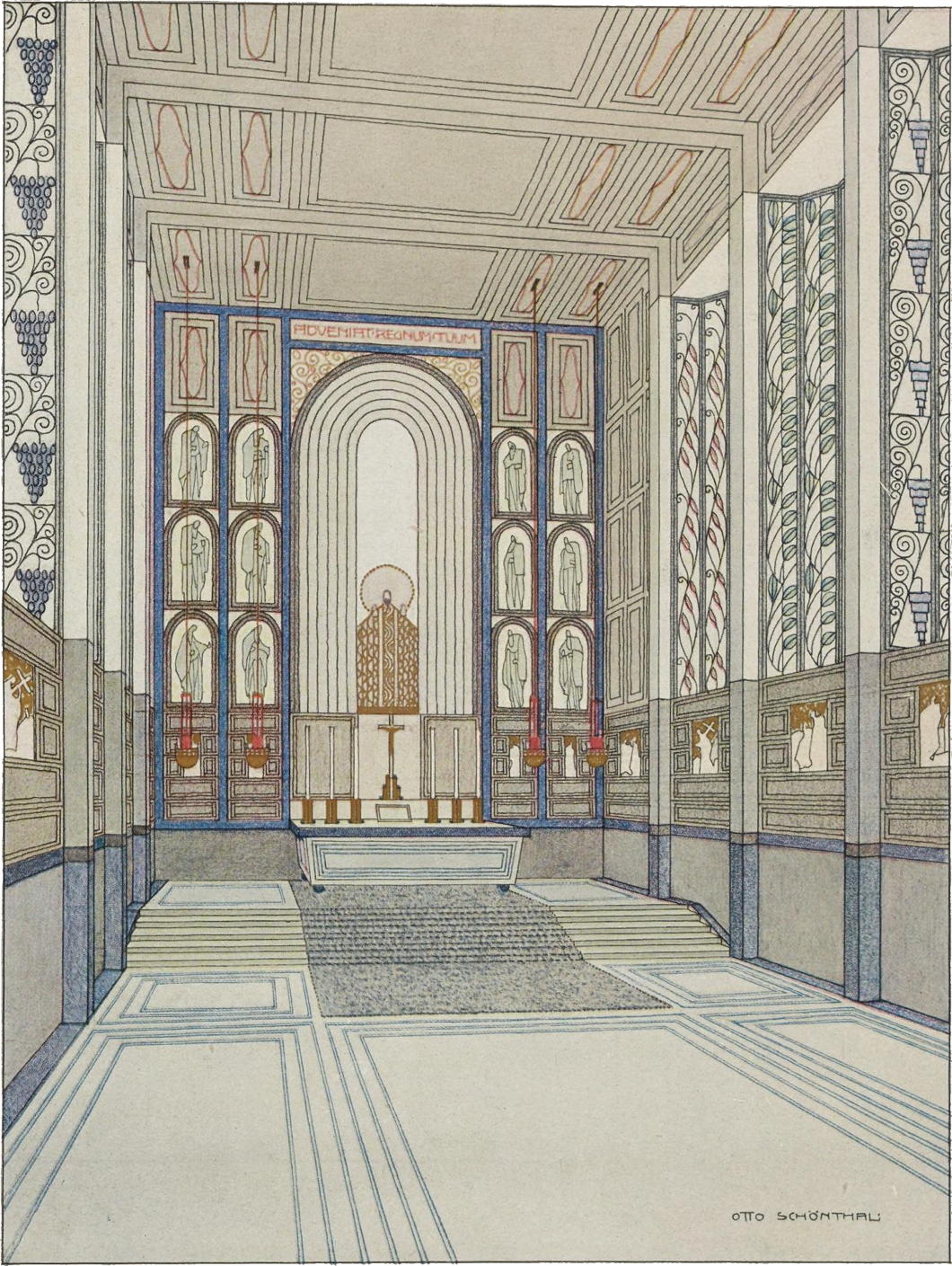
The Viennese architect Otto Schöntal was a student of Otto Wagner at the Academy of Fine Arts and exhibited this project for a Schloßkapelle in the periodical Moderne Bauformen in 1908.
It combines a simplicity of form with greater complexity in its decoration but like the work of many of the more mid-ranking architects of the Secession it comes across as a bit rigid and angular despite a certain freeness in its design.
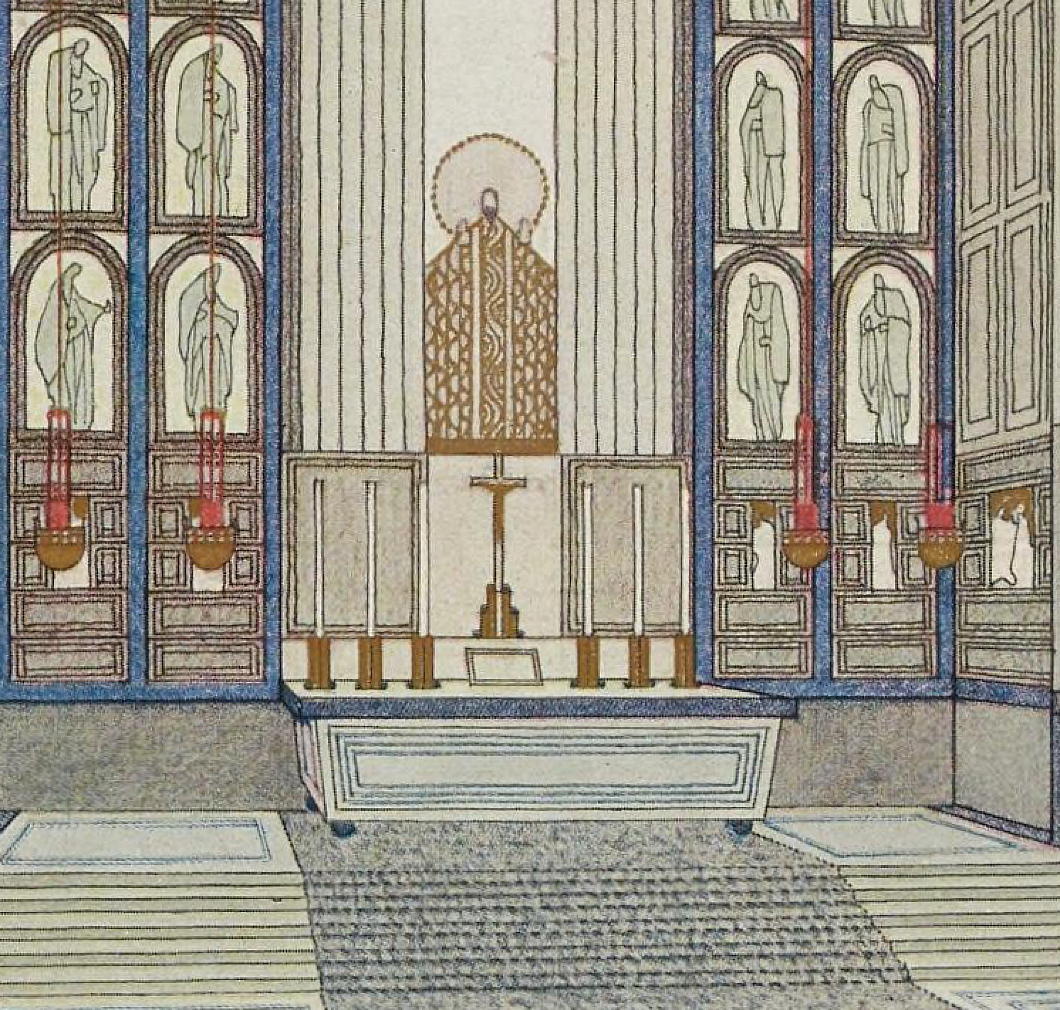
An African View of the Heavens
Catholic Clerical Skygazers at the Cape of Good Hope
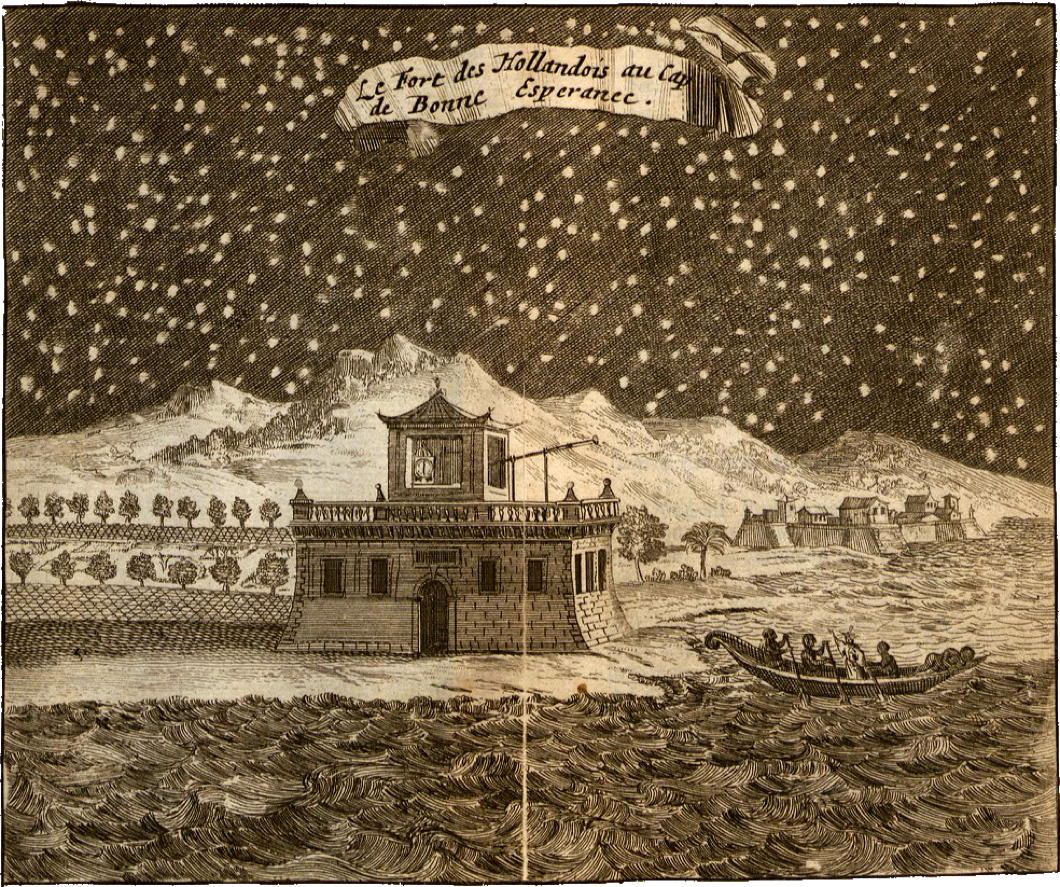
In 1685, the Jesuit mathematician, astronomer, and not-quite-secret-agent Fr Guy Tachard stopped off at the Cape of Good Hope en route to Siam as an emissary of the Sun King, Louis XIV.
Given Dutch hostility both to the French and to Catholicism, Père Tachard was surprised by the generous welcome provided by the governor, Simon van der Stel. Tachard was allowed to set up an astronomical observatory in the Company’s Gardens (today Cape Town’s equivalent of Central Park). No sooner had this happened than the clandestine Catholics of the colony searched the priests out.
“Those who could not express themselves otherwise knelt and kissed our hands,” one of the expedition’s priests wrote. “In the mornings and evenings they came privately to us. There were some of all countries and of all conditions: free, slaves, French, Germans, Portuguese, Spaniards, Flemings, and Indians.”
Those who spoke French, Latin, Spanish, or Portuguese were lucky enough to have their confessions heard but one thing was absolutely forbidden: the Mass. The Dutch authorities would not permit Mass to be offered on land, and local inhabitants were forbidden from visiting the French ships.
Once, while the priests took ashore a microscope covered in beautiful Spanish gilt leather, locals suspected them of trafficking in the Blessed Sacrament such that the clerics were forced to demonstrate the use of the microscope to prove they were heeding the Governor’s instructions.
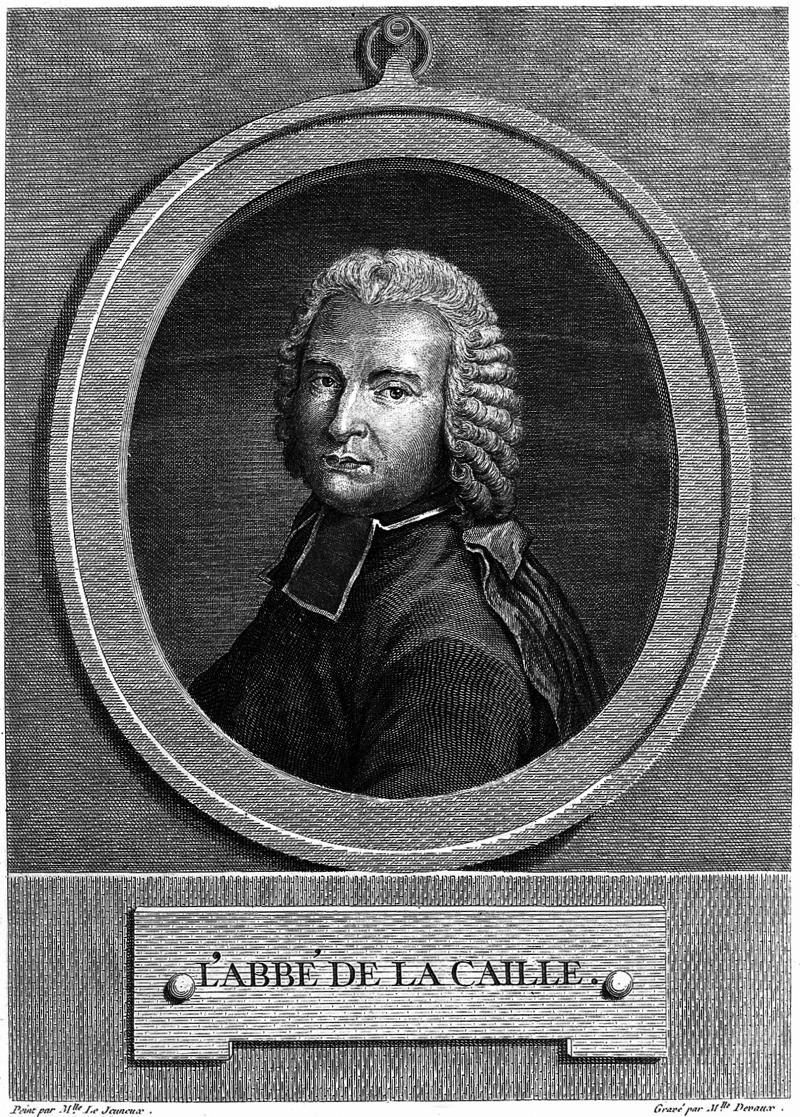 A century later another French cleric-astronomer, the Abbé Nicolas-Louis de Lacaille, made his way to the Cape during Ryk Tulbagh’s time as Governor of the Dutch colony.
A century later another French cleric-astronomer, the Abbé Nicolas-Louis de Lacaille, made his way to the Cape during Ryk Tulbagh’s time as Governor of the Dutch colony.
As a mere deacon Lacaille could not offer the Mass and we know little of his relations with any remaining Catholics at the Cape.
There’s no doubt, however, that his contribution to astronomy while in South Africa was significant: Lacaille’s two years of astronomical observation there were prolific in their results. Of the 88 constellations currently recognised by the International Astronomical Union, fourteen were named by Lacaille — including the constellation Mensa (“table”) which took its name from the Latin for Cape Town’s Table Mountain.
Mensa remains the only constellation named after a feature on Earth, so there is a little bit of South Africa that is visible in the night sky anywhere south of the fifth parallel of the northern hemisphere.
A rood-stair pulpit
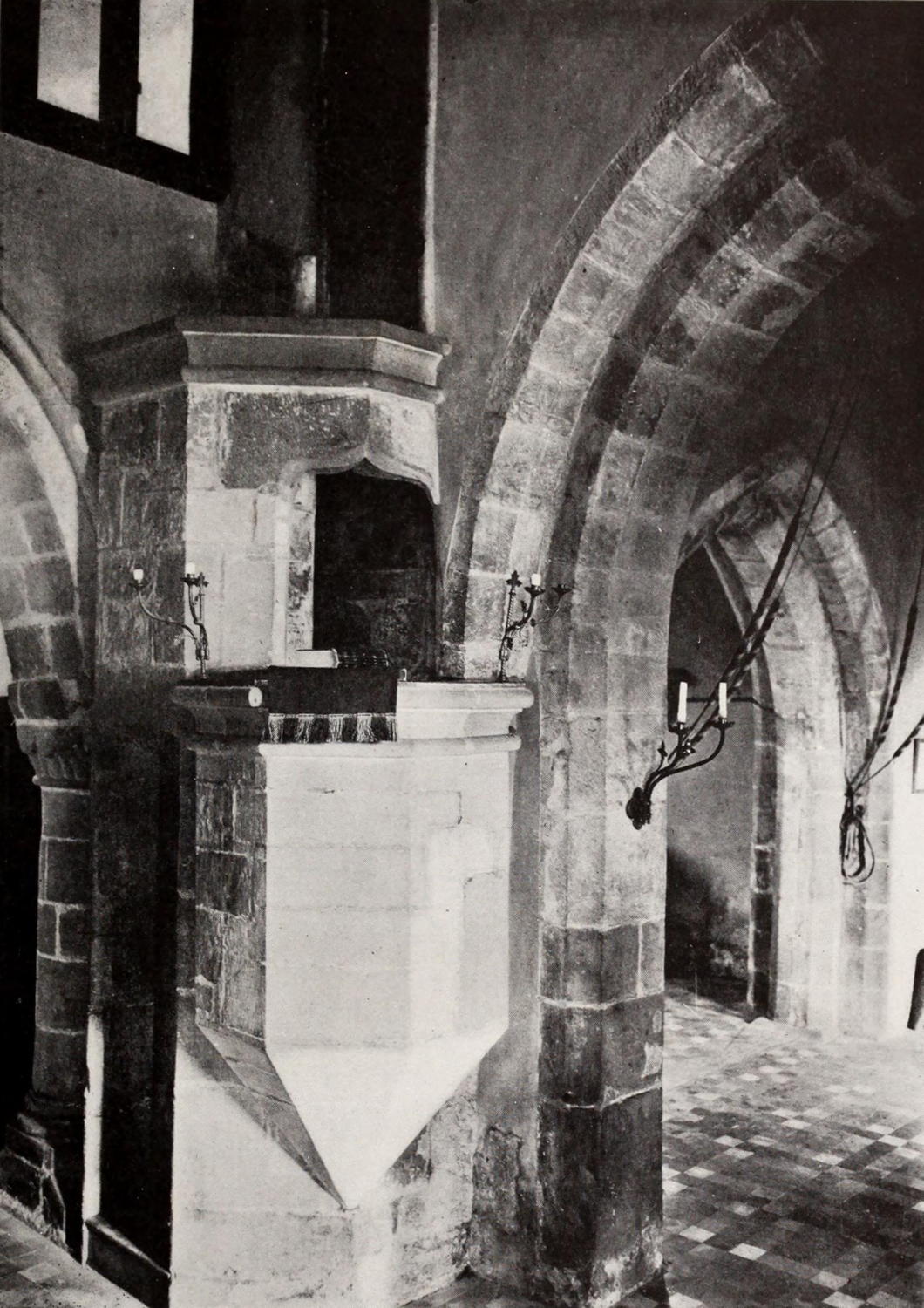
Among the features of the Church of All Saints in the Forest of Dean village of Staunton, Gloucestershire, is this fifteenth-century stone pulpit.
It is built into a rood-stair that once led to a wooden rood loft, demolished and removed some centuries ago.
This church also has a Norman font thought to have been hollowed out of an earlier square pagan Roman altar.
Pentonville Expressionism
When partner James Beazer of architectural firm Urban Mesh wanted to build an extension onto his Pentonville townhouse his tenderness towards brick expressionism took physical form.
“I love the work of the German Expressionists,” Beazer told the FT. “The playfulness of their use of brick. I think we’ve become uncomfortable with decoration today. Perhaps property has become too valuable. If it wasn’t, we’d all feel more able to take risks.”
Bringing brick expressionism down to a smaller scale produces interesting results here in Beazer’s case. It’s fun and somewhat slapdash — all the unconcerned confidence of an amateur delivered by a professional in his back garden. Hamburg meets the Shire in Islington.
I would have gently arched the windows, however, and the choice of lighting fixture is mundane. But it is a fundamental Cusackian principle never to let the perfect be the enemy of the good.
“I would probably have struggled to convince a client to do it,” Beazer says. But he has no confidence in the twisted brick add-on’s future once he moves house. “To be honest, the next people who move in will probably flatten it and replace it with a huge glass extension.”
The late Gavin Stamp gave an excellent lecture under the auspices of the Twentieth Century Society entitled ‘Hanseatic visions: brick architecture in northern Europe in the early twentieth century’.
It had been available online but now, alas, seems to be lost in the mists of time since the new incarnation of the Society’s website went up. Hope they stick it back online soon.
Search
Instagram: @andcusack
Click here for my Instagram photos.Most Recent Posts
- Sag Harbor Cinema March 26, 2025
- Teutonic Takeover March 10, 2025
- Katalin Bánffy-Jelen, R.I.P. March 3, 2025
- Substack Cusackiensis March 3, 2025
- In the Courts of the Lord February 13, 2025
Most Recent Comments
Book Wishlist
Monthly Archives
Categories

